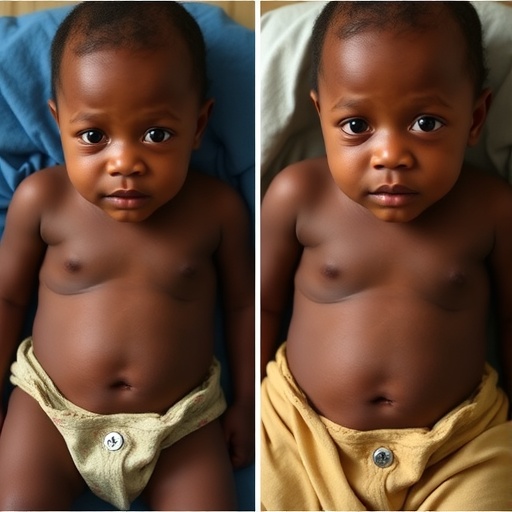
Credit: University of Cincinnati
CINCINNATI–Experts in women's health are recommending physicians follow new guidelines to determine when women warrant further evaluation and testing for urologic cancers when there is microscopic blood in their urine.
"Compared to men, there are multiple reasons for women to have blood in their urine that do not relate to urologic cancer and prior guidelines do not recognize this critical sex-related difference," says urogynecologist James Whiteside, MD, an associate professor in the Department of Obstetrics and Gynecology at the UC College of Medicine.
Whiteside is the co-author of "Asymptomatic Microscopic Hematuria in Women," an opinion paper written by a joint committee of the American College of Obstetricians and Gynecologists and the American Urogynecologic Society.
The paper, currently available online states that asymptomatic, low-risk, never-smoking, women age 35 to 50 should only undergo evaluation for urologic cancer if they have more than 25 red blood cells per high-power field testing. In contrast, the American Urological Association recommends further urologic evaluation if there are more than three red blood cells present.
The new recommendation came about, says Whiteside, "because many urogynecologists see women for this problem and there was a growing frustration that the workup was overkill, or potentially causing harm."
"Beyond the waste and inconvenience incurred in unnecessary testing, there are health risks," he says. The new guideline acknowledges that given the high radiation exposure associated with a diagnostic CT scan, patients are put at risk for future malignancies when the overall risk for bladder cancer among women is very low.
According to the American Cancer Society, bladder cancer occurs mainly in older people. About 9 out of 10 people with this cancer are over the age of 55. The average age at the time of diagnosis is 73. Men are about 3 to 4 times more likely to get bladder cancer during their lifetime than women.
###
If you would like to be removed from our mailing list, have received this message in error or would like to update or add an email address, please email [email protected].
Media Contact
Angela Koenig
[email protected]
513-558-4625
@UCHealthNews
http://www.healthnews.uc.edu
############
Story Source: Materials provided by Scienmag





